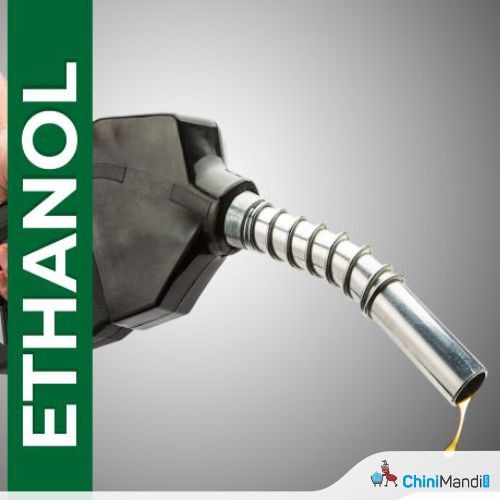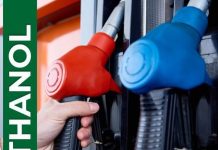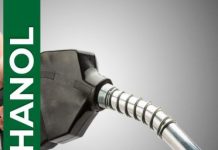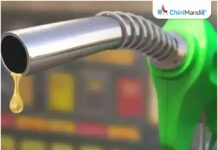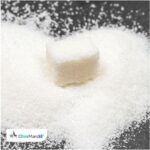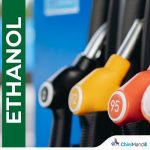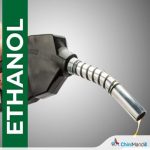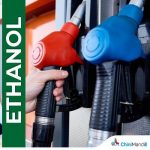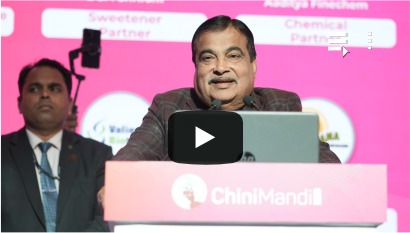The Ministry of Petroleum and Natural Gas (MoPNG) has issued a detailed statement countering recent media reports that question the impact of 20% ethanol blending (E20) in petrol on vehicle performance, particularly in older vehicles. The Ministry dismissed these concerns as largely unfounded and not supported by scientific research or field data.
In its response, the Ministry cited both domestic and international studies confirming that E20 has no significant adverse effect on engine performance, fuel efficiency, or vehicle durability.
MoPNG stated: “International studies on the effect of using Ethanol-Petrol Blends on Mechanical, Energy and Environmental Performance of Vehicles through testing of carbureted and fuel-injected vehicles every 10,000 km during their first 100,000 km showed statistically no significant differences in power and torque generated and fuel consumption. Material compatibility and drivability tests by Automotive Research Association of India (ARAI), Indian Institute of Petroleum (IIP) and Indian Oil Corporation (R&D) have confirmed that legacy vehicles also showed no significant variations, performance issues or abnormal wear-and-tear when operated with E20. Moreover, E20 fuel passed hot and cold startability tests without any engine damage.”
Speaking on fuel efficiency, MoPNG noted that ethanol, being lower in energy density than petrol, results in a marginal decrease in mileage, estimated at 1–2% for four-wheelers designed for E10 and calibrated for E20, and around 3–6% in others. This marginal drop in efficiency can be further minimized through improved engine tuning and use of E20-compatible materials, which leading automobile manufacturers have already adopted. In fact, the Society of Indian Automobile Manufacturers (SIAM) has confirmed that E20-compliant vehicles with upgraded components began rolling out from April 2023. Thus, the allegation that E20 leads to drastic drop in fuel efficiency is factually incorrect.
On the issue of material corrosion, the Ministry stated: “Safety standards for E20, including corrosion inhibitors and compatible fuel system materials, are well established through BIS specifications and Automotive Industry Standards. Replacement of some rubber parts/ gaskets could be advised in certain older vehicles after prolonged use of say 20,000 to 30,000 kms. This replacement is inexpensive and easily done during regular servicing of the vehicle.”
Addressing environmental concerns, the Ministry added: “Ethanol replaces petrol, a fossil fuel and reduces CO2 emissions. India’s ethanol blending programme is through feedstock diversification. Ethanol is increasingly being produced from not only sugarcane but also from surplus rice, maize, damaged foodgrains, and agricultural residues, especially under the push for second-generation (2G) biofuels. This makes ethanol blending not only technically viable, but environmentally sustainable as well. A study on life cycle emissions of ethanol done by Niti Aayog has assessed that GHG emissions in case of sugarcane and maize based ethanol use is less by 65% and 50%, respectively, than that of petrol.”
Highlighting the benefits related to ride quality and vehicle performance, the Ministry noted: “Ethanol has a higher octane number than Petrol (~108.5 vs. 84.4) which implies that ethanol-petrol blends have a higher octane number than traditional petrol. Therefore, the use of ethanol becomes a partial alternative for providing high-octane fuels (~95), required for modern high compression ratio engines providing a better ride quality. Vehicles tuned for E20 (having increased RON) deliver even higher performance. Ethanol is also characterized by having a higher heat of vaporization than petrol. This aspect makes the temperature of the intake manifold lower, which increases air-fuel mixture density, therefore increasing the engine’s volumetric efficiency.”
E20 blending significantly strengthens India’s energy security by reducing dependence on crude oil imports. In fact, since 2014-15 India has already saved more than Rs. 1.40 lakh crore in foreign exchange through petrol substitution. Ethanol blending supports the rural economy, with expeditious payment of over Rs. 1.20 lakh crore to farmers, thereby creating income and employment opportunities in the agricultural and biofuel sectors. #E20 blending has helped India reduce carbon dioxide emissions by 700 lakh tonnes, contributing to climate change goals.
The claim that this transition is abrupt or poorly communicated does not align with the detailed rollout plans outlined in the Government of India’s Roadmap for Ethanol Blending in India 2020–25, available on the websites of MoPNG and Niti Aayog since 2021. The implementation of E20 in India has followed a phased and widely consulted approach, involving coordination between ministries, vehicle manufacturers, fuel retailers, standards agencies etc, the ministry highlighted.
“The narrative that #EthanolBlending in Petrol is harming vehicles or causing undue hardship to consumers is not based on real facts and lacks technical foundation. Ethanol blending is a forward-looking, scientifically supported, and environmentally responsible measure that brings multi-dimensional benefits to the nation,” MoPNG concluded.

